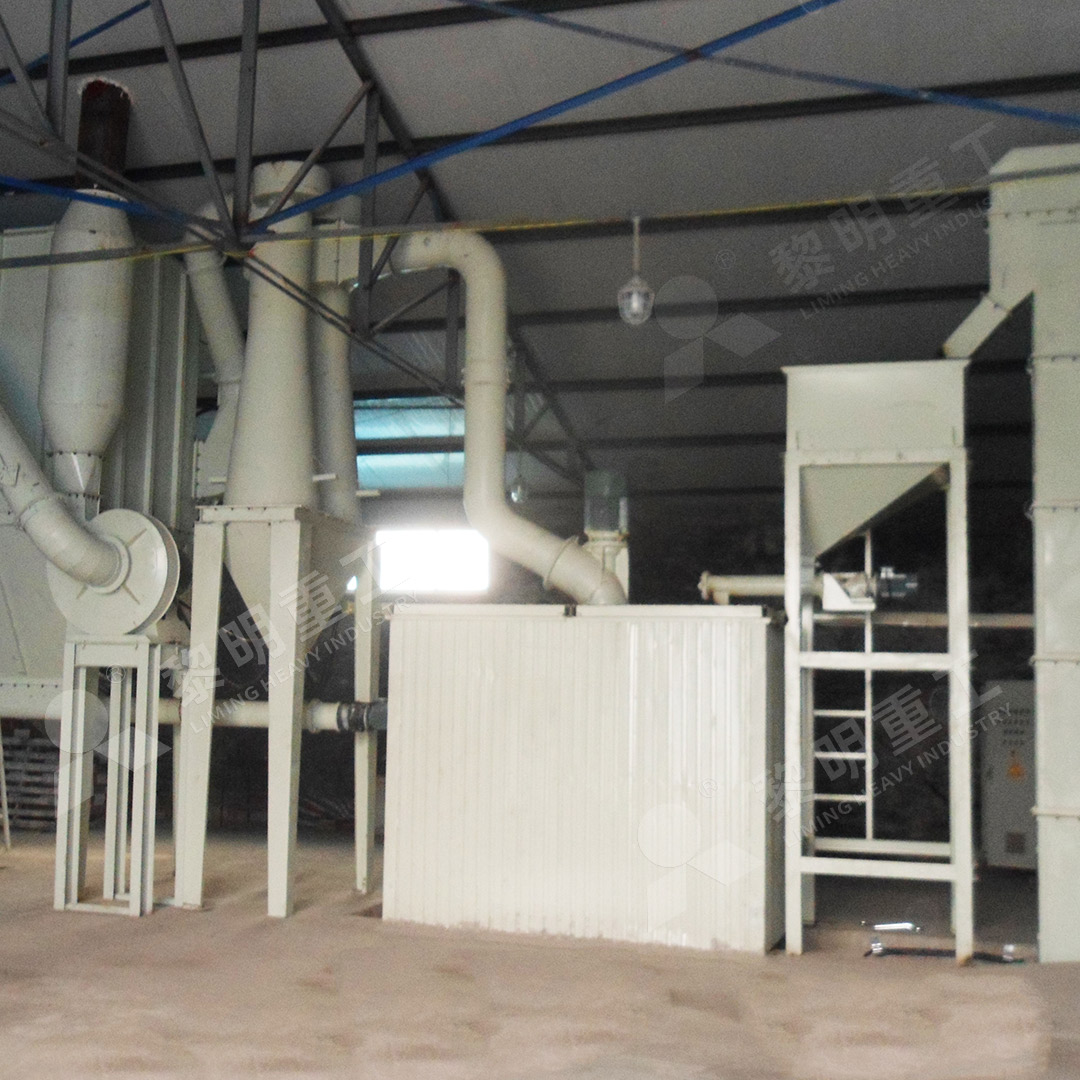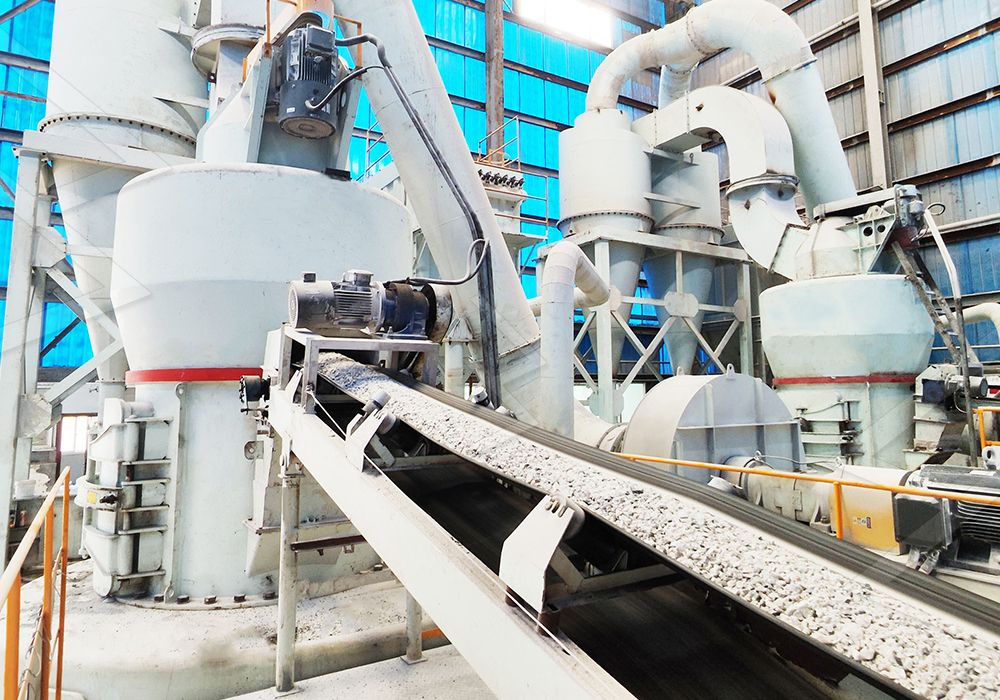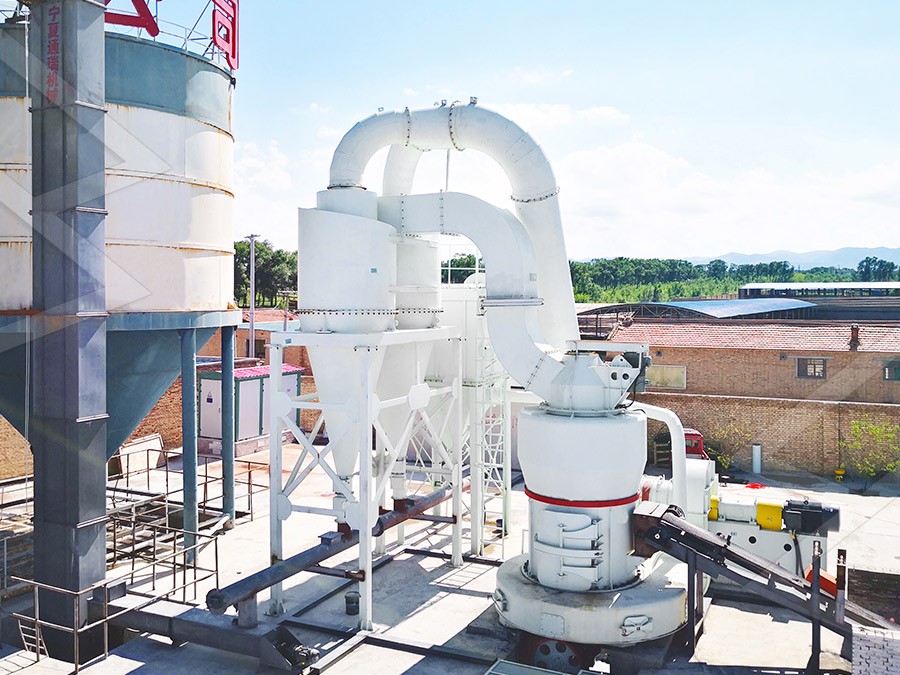Energy Saving and Eco-Friendly High Pressure Grinding Mill for Mineral Processing
We provide a wide range of mills — including Raymond mill, trapezoidal mill, vertical mill, ultrafine mill, and ball mill, obtained ISO9001 international quality certification, EU CE certification, and Customs Union CU-TR certification. Suitable for processing minerals such as limestone, phosphate, quicklime, kaolin, talc, barite, bentonite, calcium carbonate, dolomite, coal, gypsum, clay, carbon black, slag, cement raw materials, cement clinker, and more.
The discharge range of these mills can be adjusted to meet specific processing needs, typically from 80-400 mesh, 600-3250 mesh, and can achieve the finest particle size of up to 6000 mesh(D50).
If you are looking for a reliable grinding solution to turn stone or minerals into fine powder, please feel free to contact our online customer service.
Revolutionizing Mineral Processing Through Advanced Grinding Technology
The mineral processing industry stands at a critical juncture where operational efficiency must align with environmental responsibility. As global demand for minerals continues to grow, processing facilities face increasing pressure to reduce energy consumption, minimize environmental impact, and maintain cost-effectiveness. Modern grinding technology has emerged as a pivotal solution to these challenges, offering substantial improvements over traditional milling methods.

The Energy Efficiency Imperative
Conventional grinding methods, particularly ball mills, have long been the industry standard but carry significant energy drawbacks. These traditional systems typically consume excessive power while delivering suboptimal grinding efficiency. The mining industry accounts for approximately 11% of global energy usage, with comminution processes representing 35-50% of that consumption. This creates both an economic and environmental imperative for more efficient solutions.
Advanced grinding mills address this challenge through innovative engineering designs that optimize energy transfer to the grinding process. Unlike traditional systems where substantial energy converts to heat and noise, modern high-pressure grinding mills direct energy precisely to the crushing and grinding action, dramatically reducing waste.
Environmental Considerations in Modern Grinding
Beyond energy consumption, environmental concerns around dust emissions and noise pollution have become increasingly important. Regulatory standards worldwide continue to tighten, requiring processing facilities to implement comprehensive dust control and noise reduction measures. Modern grinding equipment integrates these environmental protections directly into their design rather than treating them as afterthoughts.
For operations requiring ultra-fine powder production, the MW Ultrafine Grinding Mill represents a significant advancement. This machine incorporates an efficient pulse dust collector and muffler system that actively reduces both dust and noise emissions throughout the production process. With an input size capacity of 0-20 mm and throughput ranging from 0.5 to 25 tons per hour, this equipment maintains full production capability while meeting stringent environmental standards. The integrated dust removal system ensures no dust pollution occurs during operation, while specialized silencers and noise elimination rooms reduce acoustic impact on both workers and surrounding environments.

Technical Innovations Driving Performance
The efficiency gains in modern grinding equipment stem from several key technological innovations. Newly designed grinding curves for rollers and rings significantly enhance grinding efficiency, while advanced powder selection systems improve separation precision. The MW Ultrafine Grinding Mill, for instance, achieves production capacity 40% higher than jet grinding mills and double that of ball grinding mills at equivalent fineness and power levels, while reducing system energy consumption to just 30% of comparable jet grinding systems.
Another critical innovation involves the mechanical design that eliminates rolling bearings and screws within the grinding chamber. This design choice prevents common failure points and eliminates machine damage caused by loose screws. External lubrication systems enable maintenance without shutdowns, supporting continuous 24-hour operation that maximizes production uptime.
Applications Across Mineral Types
Modern grinding technology demonstrates remarkable versatility across various mineral types. From limestone, calcite, and dolomite to petroleum coal, gypsum, barite, and marble, these systems maintain consistent performance. The adjustable fineness capability, ranging from 325 to 2500 meshes with screening rates achieving d97≤5μm in a single pass, makes these mills suitable for diverse industrial applications including chemicals, paints, cosmetics, pharmaceuticals, and food additives.
The digitalization of manufacturing processes further enhances equipment reliability. Numerical control machine tools ensure high precision in cutting, bending, planing, milling, and paint spraying operations, particularly for core components. This manufacturing precision translates to longer service life, reduced maintenance requirements, and consistent performance under demanding operating conditions.

Operational Benefits Beyond Efficiency
The advantages of modern grinding systems extend beyond direct energy savings and environmental compliance. The compact design of equipment like the MW Ultrafine Grinding Mill reduces facility footprint requirements, while automated control systems minimize labor costs. Comprehensive technical support and genuine spare parts availability ensure worry-free operation, with manufacturers taking full responsibility for equipment performance.
As mineral processing continues to evolve, the integration of energy-efficient and environmentally responsible technology becomes increasingly crucial. Advanced grinding mills represent not just an equipment upgrade but a strategic investment in sustainable, cost-effective mineral processing that meets both current and future industry demands.
Frequently Asked Questions
What makes modern grinding mills more energy-efficient than traditional systems?
Modern grinding mills incorporate optimized grinding curves, advanced material bed compression technology, and efficient powder separation systems that direct energy precisely to the grinding process rather than wasting it as heat or noise. Specific models like the MW Ultrafine Grinding Mill consume only 30% of the energy required by comparable jet grinding systems while delivering 40% higher production capacity.
How do these systems address environmental concerns about dust and noise?
Integrated pulse dust collectors effectively capture particulate matter throughout the grinding process, eliminating dust pollution. Simultaneously, specialized mufflers and noise elimination rooms reduce acoustic emissions. The entire production system operates according to national environmental protection standards, with many systems capable of maintaining negative pressure to prevent any dust escape.
What maintenance advantages do modern grinding mills offer?
Innovative designs eliminate common failure points like internal rolling bearings and screws. External lubrication systems enable maintenance without production shutdowns, while reversible structures and hydraulic adjustment systems facilitate easy access to grinding components for inspection and replacement. These features significantly reduce downtime and maintenance costs.
Can these grinding mills handle different mineral types and fineness requirements?
Yes, advanced grinding mills demonstrate remarkable versatility across various minerals including limestone, calcite, dolomite, gypsum, barite, and many others. Adjustable fineness capabilities ranging from 325 to 2500 meshes allow operators to precisely control product specifications for different industrial applications.
How does the digital manufacturing process impact equipment performance?
Digital numerical control manufacturing ensures high precision in core components, resulting in better equipment reliability, longer service life, and consistent performance. This manufacturing approach also enables better quality control and faster production of genuine spare parts when needed.
